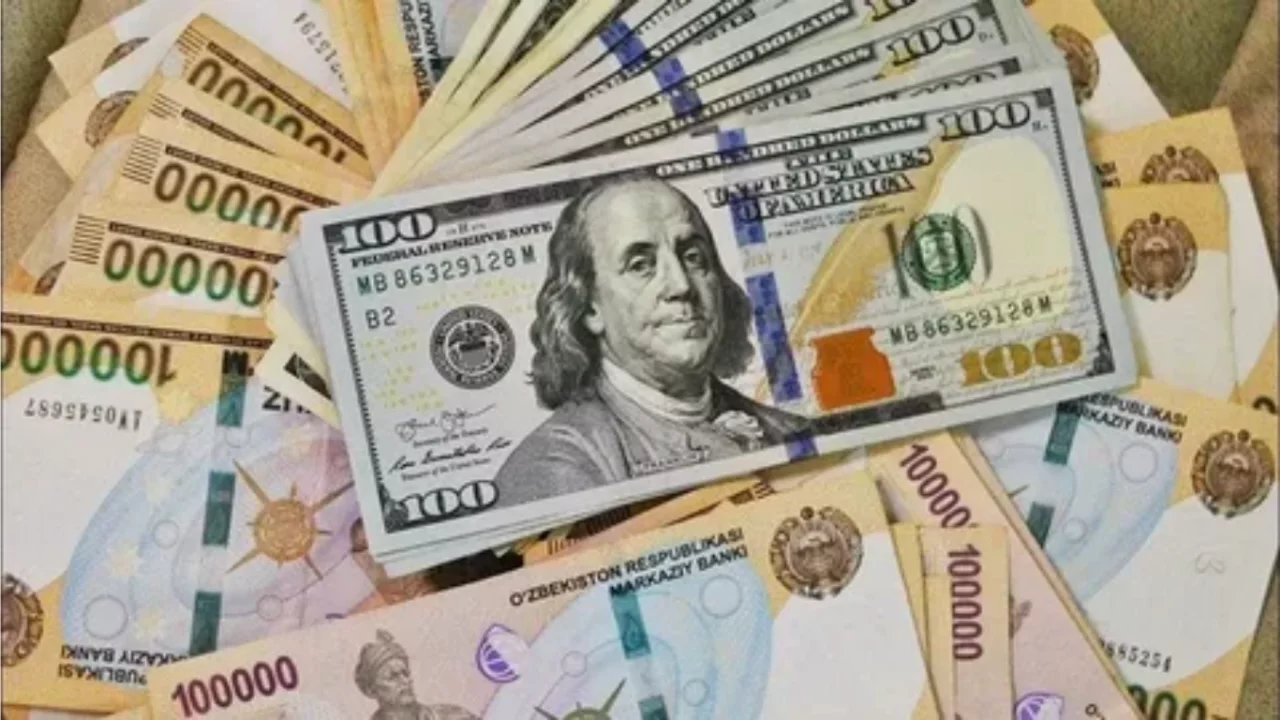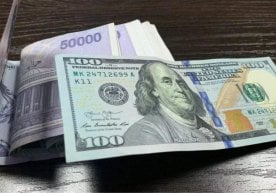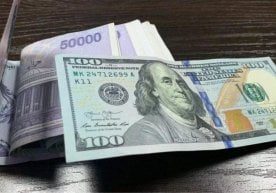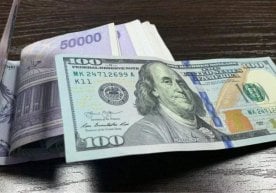
In recent months, the national currency of Uzbekistan — the soum — has strengthened against the US dollar. While this may be seen as a sign of macroeconomic stability, it brings certain negative consequences for companies engaged in export activities. Below is a detailed analysis of how the appreciation of the so‘m may affect exports.
1. Reduction in export revenue due to exchange rate changes
Exporters usually sell their products in international markets in US dollars or other foreign currencies. As the value of the soum increases, income earned in foreign currency decreases when converted into the national currency.
Example:
If 1 USD = 12,000 soums, then 10,000 USD = 120 million soums.
But if 1 USD = 10,000 soums, then 10,000 USD = 100 million soums.
This means that export revenue drops by 20 million so‘m. In the long term, this trend reduces exporters' profitability and discourages new investments.
2. Decline in competitiveness in international markets
When the national currency strengthens, the price of exported goods appears higher in dollar terms. As a result:
- Uzbek products become more expensive compared to cheaper alternatives from other countries.
- Due to price sensitivity, foreign buyers turn away from Uzbekistan and seek other suppliers.
- This is particularly risky for exporters operating in price-sensitive segments such as cotton, textiles, and food.
3. Increased economic pressure on producers
While export revenues decline, production costs mostly remain in the national currency:
- Salaries to employees,
- Local services (electricity, gas, transportation),
- Taxes and other mandatory payments.
In such a situation, exporters face the following issues:
- Profitability decreases — profits shrink.
- Staff may be reduced or wages lowered.
- Investment activity declines, postponing technological upgrades or production expansion.
4. Market uncertainty and planning challenges
Sharp exchange rate fluctuations complicate planning and risk management processes for exporters:
- They become cautious when signing long-term contracts,
- Price setting becomes uncertain,
- There is increased demand for risk mitigation mechanisms, which requires additional financial literacy and infrastructure.
Importance of a stable exchange rate policy
A stronger so‘m is naturally beneficial for importers: foreign goods become cheaper, and inflationary pressure decreases. However, in an export-dependent economy, this situation leads to:
- Reduced export income,
- Decline in product competitiveness,
- Financial pressure on producers,
- Increased risk and uncertainty in planning.
Therefore, if Uzbekistan aims to increase its export potential, exchange rate policy should be conducted considering exporters’ interests. At the same time, mechanisms should be developed to support exporters in managing currency risks, maintaining competitiveness, and accessing new markets. Read “Zamin” on Telegram!
Ctrl
Enter
Found a mistake?
Select the phrase and press Ctrl+Enter Related news
Information
Users of Меҳмон are not allowed to comment this publication.
Users of Меҳмон are not allowed to comment this publication.













